Poultry Farming Vaccines And Vaccinations
 |
|
Published 10/2022
MP4 | Video: h264, 1280×720 | Audio: AAC, 44.1 KHz
Language: English | Size: 717.42 MB | Duration: 0h 59m
|
proper timing and proper administration
What you’ll learn
- vaccination principales
- optimum administration
- avian immunology and vaccine response
- Spray vaccine application
- Drinking water vaccine distribution
- Eye drop vaccine application
- In ovo injection
- Intramuscular INJECTION
- Transfixion (scarification; Wing-web stab)
Requirements
poultry farming interest
Description
Immunization through vaccination is a commonly used method of reducing the risk (increased ID50) and consequence (reduced pathogenicity) of bird or flock exposure to a disease-causing agent..Vaccination is the practice of administering live and/or killed vaccines which have been modified to minimize disease manifestation yet maximize immunity. the primary purpose of immunization is to raise the ID50 of the flock to prevent clinical disease following subsequent challenge. While some vaccines are given to protect that individual bird against disease, others are given to pass the protection on to the next generation, and others are given to prevent disease in the hen and subsequent transmission of the disease to the chickVaccines and vaccine programs vary widely in their effectiveness, and this is frequently by design. Some vaccines are designed to incite high levels of immunity to protect birds in the face of aggressive endemic disease challenges, such as vvND. These vaccines may cause a mild form of the disease themselves but are deemed appropriate and useful because of the risk associated with eventual infection of the deadly field pathogen. Vaccine selection and how they are programmed frequently becomes an exercise in risk management and cost efficiency. Local conditions must always be considered when evaluating and critiquing a vaccination program.A second reason for the vaccination of poultry flocks is to hyper immunize hens to maximize maternally derived antibody passed through the egg to the hatching progeny.Chicks frequently receive up to 3 weeks of protection from maternal anti-bodies, allowing their immune system to mature to a level capable of eliciting an efficient active immune response if exposed to a potentially harmful virus or bacteria. Antibodies are not always completely protective but for viruses such as infectious bursal disease (IBD), many areas of the world have found maternal antibodies a very useful tool in IBD prevention and control.The success of vaccination does not rest solely with the manufacturing or research of vaccines. More important is the maintenance of the cold chain, protection of the vaccine from the elements, and the correct application of the vaccine to the bird.vaccination programs should be documented for each operation by the responsible veterinarian and operations manager. All vaccines must be stored at the correct temperature. Most vaccines require refrigeration at 2°C to 8°CSome vaccines, mostly killed oil vaccines, can be safely stored at room temperature. Some vaccines need to be stored at temperatures below 0°C..Vaccines are adversely affected by exposure to sunlight and heat. Vaccines must be administered using suitably cleaned equipment and be given to every bird in the defined epidemiological unitLive vaccines are widely used throughout the world because they are commonly effective when mass applied, and they are relatively economical.immunity from live vaccines is generally short-lived, particularly following initial exposure. Some exceptions to this exist for vaccines such as for infectious laryngo-tracheitis, fowl pox, and Marek’s disease, which give long-lived immunity.Inactivated vaccines or killed vaccines used in poultry are generally whole bacteria or virus preparations combined with an adjuvant that are designed for subcutaneous or intramuscular injectionThey are frequently, but not always, used in commercial egg layer and breeding birds to stimulate long lasting immunity and/or antibody levels to specific antigens.
Overview
Section 1: Introduction
Lecture 1 poultry immunization general consideration
Lecture 2 General charchteristics of live and killed vaccine in poultry
Lecture 3 methods of generating live vaccine in poultry
Lecture 4 immunity from live vaccine
Lecture 5 inactivated vaccine
Lecture 6 successful example of vectored vaccine
Lecture 7 Introduction to vaccine delivary systemss
Lecture 8 vaccination by spray
Lecture 9 Drinking water vaccine
Lecture 10 Eye drop vaccination
Lecture 11 onovo vaccination
Lecture 12 onovovaccination methods
Lecture 13 subcutenious injection
Lecture 14 intrmuscular injection
Lecture 15 wing web
Lecture 16 wing web vaccination
Section 2: example of vaccination programes
Lecture 17 examplee of broiler vaccine
Lecture 18 example of broiler breeder program
Lecture 19 example of layer vaccination program
Lecture 20 example vaccination program usa
Lecture 21 example of layer vaccination program middle east1
Lecture 22 vaccination program layer middle east example2
poultry farm owner, poultry science students, veterinarians and all interested in poultry farming
Mp4 614 MB pc Password: booksvets
Download Free veterinary ebooks , Free veterinary books , veterinary medicine , كتب بيطرية , تحميل كتب طب بيطري, vet, vetbooks, Animal, veterinary library, veterinary science, veterinary books pdf free, veterinary videos, vetbooks, vet-ebooks, veterinary discussion, vetway , veterinary electronic library, Booksvets
2 Comments
Leave a Reply
You must be logged in to post a comment.


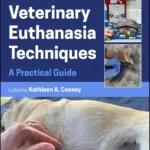
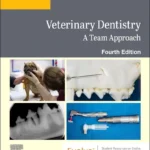

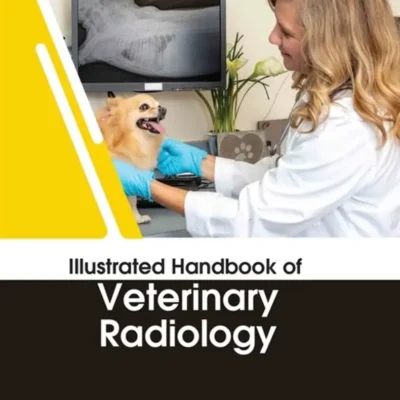
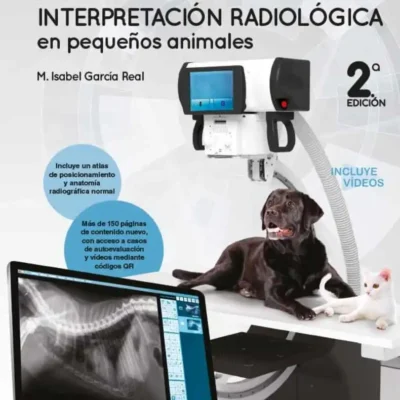
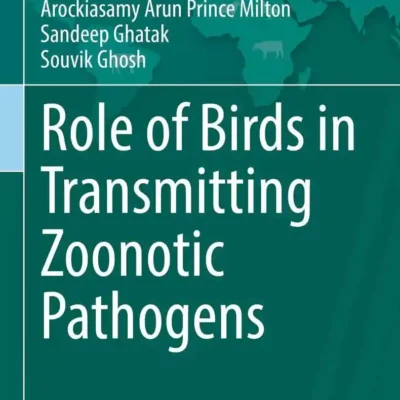
PDF NOT RAR PLEASE
video elearning course, not a book